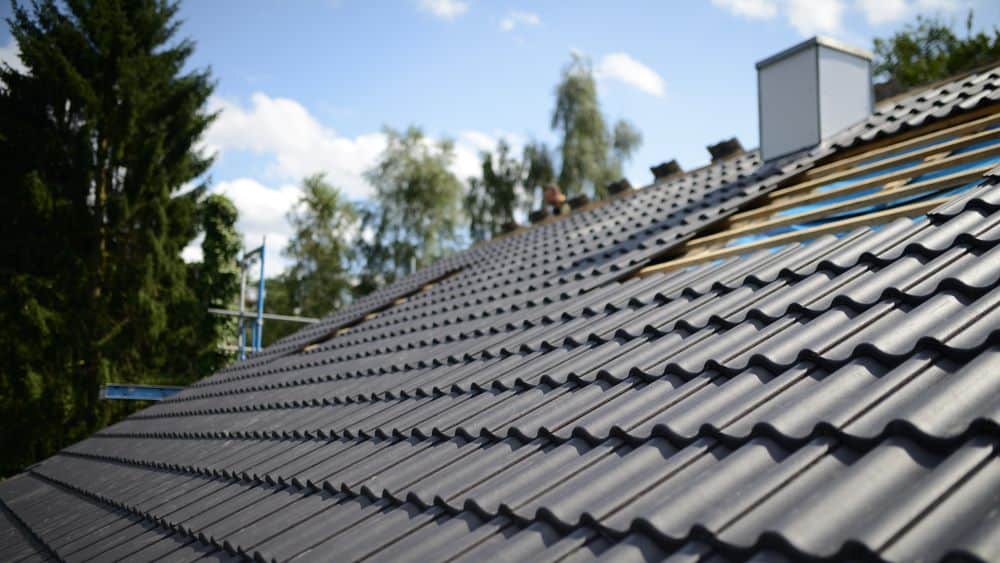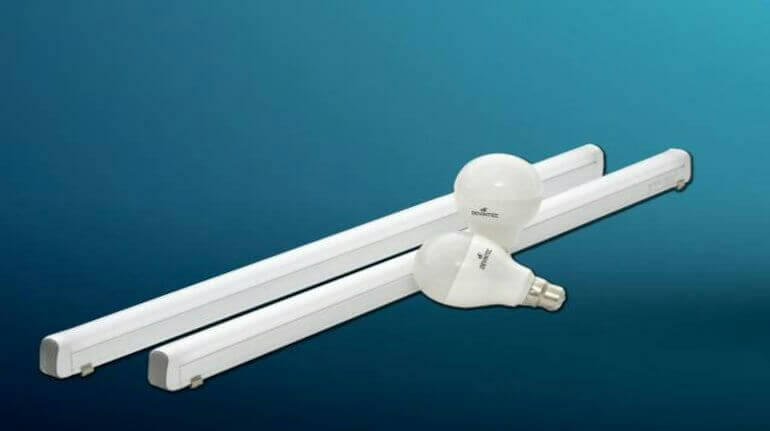In an era where energy conservation and sustainability are at the forefront of global concerns, it’s imperative to know which household appliances consume the most power.
Two common lighting options that often find themselves under scrutiny are incandescent light bulbs and fluorescent tube lights, often referred to simply as “tubelights.” But which of these illuminating devices consumes more power, and what factors should you consider when choosing between them? 🤔
This article will shed light on the power consumption of both light bulbs and tube lights, considering various factors that come into play. We’ll explore the key differences between these lighting sources, energy efficiency, environmental impact, and tips for making eco-friendly choices. 🌍💡
Table of Contents
ToggleUnderstanding the Basics
Before we dive into the power consumption specifics, let’s establish a foundation of understanding for both incandescent light bulbs and fluorescent tube lights.
Incandescent Light Bulbs 💡
Incandescent light bulbs have been a staple in households for over a century. They work by passing an electric current through a wire filament, heating it until it emits visible light. Incandescent bulbs are known for their warm, yellowish light.
Fluorescent Tube Lights 🌈
Fluorescent tube lights, often called “tubelights,” operate on a different principle. They contain a gas that, when excited by an electric current, emits ultraviolet (UV) light. The UV light interacts with a phosphorescent coating inside the tube, creating visible light. Fluorescent lights are known for their efficiency and cool, white light.
Now that we’ve covered the basics, let’s compare these two types of lighting when it comes to power consumption.
Power Consumption Comparison 🔌

Power consumption varies between incandescent bulbs and fluorescent tube lights due to their different technologies. Let’s take a closer look at the factors that contribute to their energy usage.
1. Energy Efficiency
One of the most significant differences between the two types of lighting is their energy efficiency.
- Incandescent Bulbs: These bulbs are notorious for their inefficiency. They convert only about 10% of the energy they receive into visible light, with the rest being dissipated as heat. This inefficiency makes them power-hungry.
- Fluorescent Tube Lights: In contrast, fluorescent tube lights are far more energy-efficient, converting about 90% of the energy they receive into visible light. They generate significantly less heat, which contributes to their efficiency.
2. Wattage
Wattage is a crucial factor when comparing power consumption. It represents the amount of electricity a device consumes per hour. Generally, a higher wattage indicates higher power consumption.
- Incandescent Bulbs: These bulbs are available in various wattages, with the common ones ranging from 40W to 100W or even higher for special applications. A higher wattage incandescent bulb will consume more power.
- Fluorescent Tube Lights: Tubelights typically come in different wattages, such as 18W, 36W, and 58W. While some fluorescent lights may have higher wattages, they still consume less power than incandescent bulbs of equivalent brightness.
3. Luminous Efficacy
Luminous efficacy measures the amount of visible light produced per unit of power consumed. It is expressed in lumens per watt (lm/W).
- Incandescent Bulbs: Incandescent bulbs have a relatively low luminous efficacy, typically ranging from 10-17 lm/W. This means they produce fewer lumens per watt, making them less efficient in terms of light output for the energy used.
- Fluorescent Tube Lights: Fluorescent lights have a higher luminous efficacy, typically ranging from 50-100 lm/W, making them significantly more efficient in terms of light output per watt.
4. Lifespan
The lifespan of a lighting source affects its overall energy consumption. The longer a bulb or tube light lasts, the less frequently it needs to be replaced, which can save energy and reduce waste.
- Incandescent Bulbs: Incandescent bulbs have a relatively short lifespan, usually ranging from 1,000 to 2,000 hours.
- Fluorescent Tube Lights: Fluorescent tube lights have a significantly longer lifespan, typically lasting 10,000 hours or more. This means they need replacement less frequently, reducing the environmental impact.
Environmental Impact 🌿

Considering the environmental impact of your lighting choice is essential in today’s eco-conscious world. Let’s explore how incandescent bulbs and fluorescent tube lights differ in this regard.
- Incandescent Bulbs: Due to their low energy efficiency and short lifespan, incandescent bulbs have a more substantial environmental impact. They require more energy to produce the same amount of light, resulting in higher carbon emissions and increased demand for natural resources.
- Fluorescent Tube Lights: Fluorescent lights are far more eco-friendly. Their high energy efficiency and longer lifespan contribute to reduced carbon emissions and less resource consumption. Additionally, they contain small amounts of mercury, which should be properly recycled or disposed of to minimize environmental harm.
Making the Eco-Friendly Choice 🌱
Given the stark differences in power consumption and environmental impact, it’s clear that fluorescent tube lights are the more eco-friendly choice. If you’re looking to reduce your carbon footprint and energy bills, here are some practical tips:
- Switch to LED Lights: While fluorescent tube lights are energy-efficient, modern LED lighting is even more so. LED bulbs use less power than both incandescent and fluorescent options, and they last a long time.
- Use Task Lighting: Rather than lighting an entire room, use task lighting where you need it. This can reduce the overall energy consumption.
- Turn Off Lights When Not in Use: The most effective way to save energy is to turn off lights when they are not needed. Consider using motion sensors or timers to automate this process.
- Proper Disposal: If you decide to switch from incandescent bulbs to fluorescent or LED lights, be sure to recycle or dispose of your old bulbs properly. Many communities have recycling programs for these items.
- Energy-Efficient Fixtures: Invest in energy-efficient lighting fixtures and lamps to complement your energy-saving bulbs.
Conclusion 🌟
In the battle of power consumption, fluorescent tube lights emerge as the clear winner over incandescent bulbs. Their superior energy efficiency, longer lifespan, and reduced environmental impact make them a more eco-friendly and cost-effective choice for lighting your home. Making the switch to fluorescent or LED lighting can help you reduce your energy bills, minimize your carbon footprint, and contribute to a more sustainable future. Remember, every small change can have a significant impact on our planet! 🌍💚💡


























